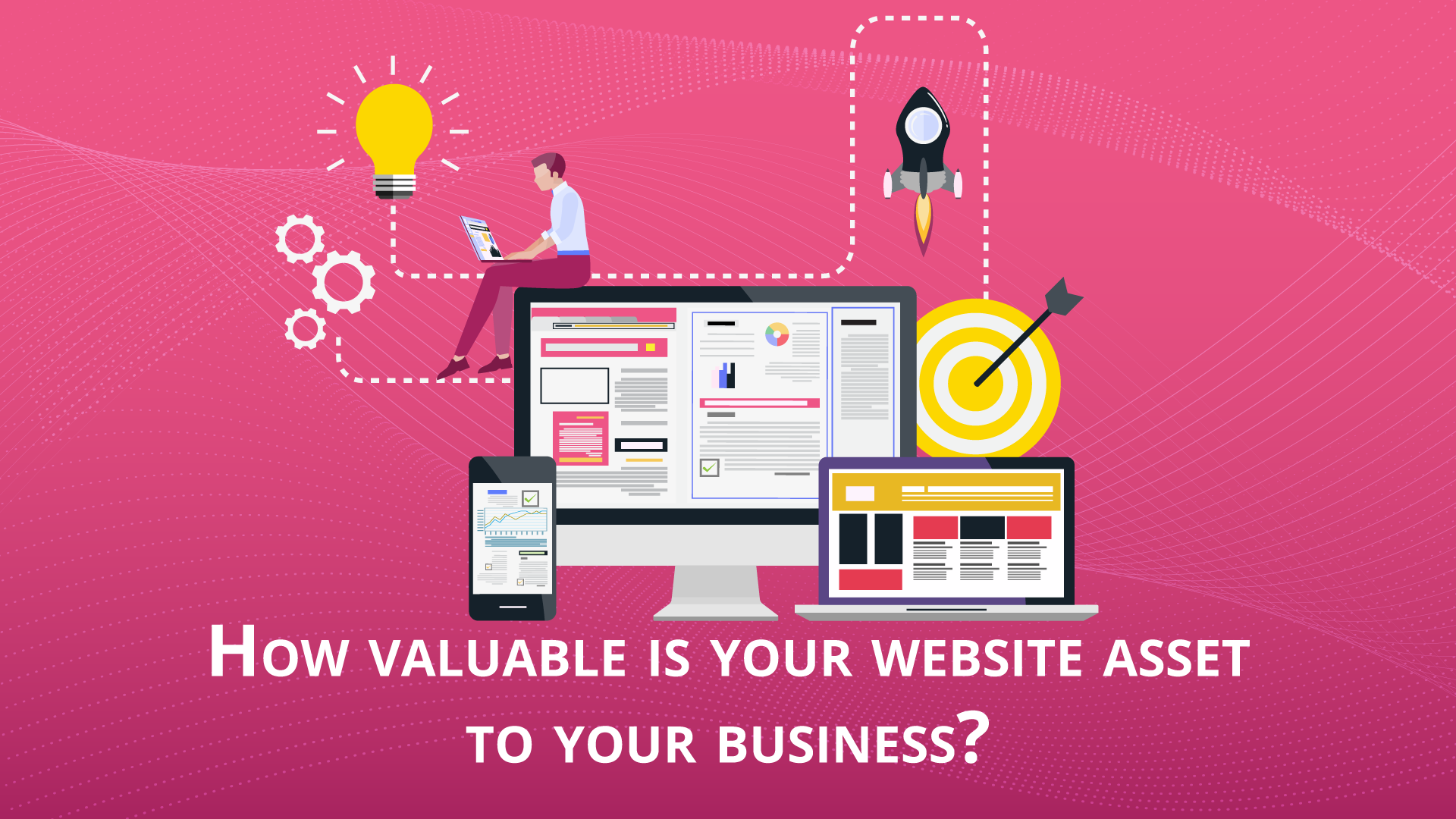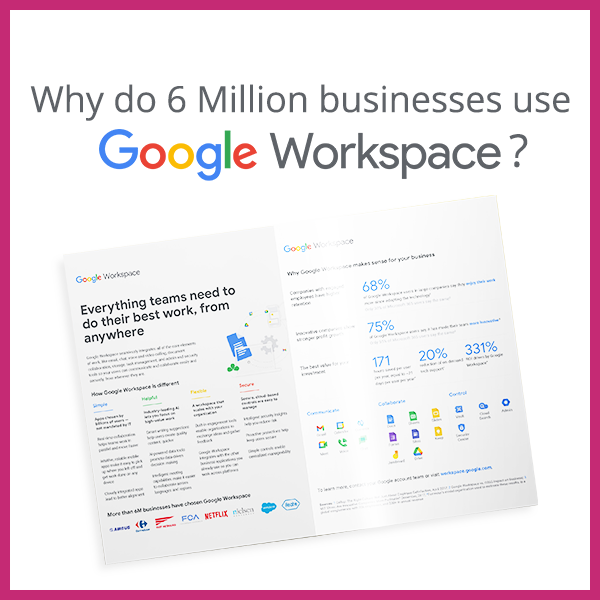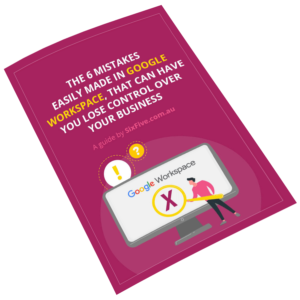
Would you invest $25,000 on a website design and development project? Once spent, do you have a website asset or expense to your business?
Most dedicated business owners we know would say yes.
While that may sound like an awful lot of money, it’s an investment into what should be one of the most important attributes of your business. In other words, your website should be an asset. Not a liability. Which one is yours?
Let us paint a picture for you:
Your website welcomes high-quality visitors who breeze through your lead magnet. You don’t even need to email them, because your lead magnet has already grabbed all the important information you need from them. In fact, your content is so helpful that they’re eager to purchase your service just to see what’s on the other side.
That sounds easy enough for ecommerce websites. But what about service providers, coaches, and consultants? How can they create websites that convert the right people into customers, instead of collecting dust and wasting money?
This is what we’ll cover in the rest of this article. Let’s get down to brass tacks and start by defining what your website should be doing in the first place.
What’s the point of a website?
A business without a website might as well be non-existent.
Think of websites as modern-day brochures. They should pique your target audience’s interest at first glance, and hold their attention when it comes time to get that conversion.
In the case of service providers, a conversion could be turning visitors into leads, or having visitors become customers right away. Which, let’s face it, can be a pain.
That’s why you should make your website interesting enough that people want to keep hearing from you–even if that means giving you personal information such as their name and email address.
But that’s just the tip of the iceberg.
Anyone can create a website. The question is if it’ll drive results, and there lies the difference between a website that’s an asset vs one that’s a liability. Spot yours below.
Do you have a Website Asset or Expense (When it’s a Liability)
What’s an asset, and what’s a liability?
In plain English, assets add value to your business, whereas liabilities are the factors that draw from your business (like office rent). Your website should be the former.
Of course, there are multiple cases when websites do the opposite of what they should be doing. Whether you’ve set your website up to collect email subscriptions or sell your courses, none of that will happen if you aren’t getting any quality traffic.
Which leads us to…
How can your website be an expense (liability)?
You’ll know your website is a liability when the following happens:
You pay big bucks to get it built. For your attention, the average price for building a website is $10,000.
Next, you have to pay for hosting, backups and a domain name, which roughly amounts to $500 a year.
You have to pay for the upkeep and maintenance of your website. Let’s estimate that’ll take you 2 to 4 hours per month. That totals up to $3,600 a year.
So far, so good, right?
But take a look at what happens next:
Your website simply sits there, receiving little to no traffic, doesn’t generate leads, doesn’t start a sales conversation…in short, it does none of the things it’s supposed to do. That’s a liability, and an expensive one, at that: It’ll cost you $38,000 over 5 years!
Very few people would buy a car for $38,000 and leave it on the drive way for a few people to look at as they pass.
The solution: transform your website into an asset.
What’s required to make your website an asset?
A website is an asset when it helps you sell whatever it is you’re selling. It converts a tonne of traffic into happy, paying customers.
How can you make that happen for your site? Simply said: set the right goals.
The key to success is to base your website on S.M.A.R.T goals. You may have tried applying them before, to no avail. Here’s what probably went wrong:
Let’s say you set a goal like “increase social media traffic percentage by X%”. Well and good. That’s likely what all people do when setting goals.
Now, the question becomes: what if all these folks end up not visiting your social media page? If that’s the case, then you’re spending lots of time, energy, and money without tangible sales results.
Your goals should be set with figures in mind. For example:
- How many leads have you generated with your lead magnet?
- How much % of improvement have you seen in the conversion of leads to sales/customers?
- Has the time spent dealing with sales been reduced? (If not, that should be among your goals!)
You’ve heard enough about S.M.A.R.T goals at this point, but it’s always worthwhile to remind you what every initial stands for:
Specific. Not only should your website goals be specific to your business, but they should also aim for specific outcomes. This will help you create marketing content your customers are more likely to engage with.
Measurable. Tracking your analytics isn’t a choice. You need to be on the know about what should be kept or fixed, and rely on that data to develop accurate solutions.
Attainable. Kind of a no-brainer here, but don’t target goals that escape your budget, timeline, or require skills your team members aren’t trained for. Unless you’re outsourcing, of course.
Relevant. Don’t just jot down goals to see if they “stick”. Select them wisely, based on the outcomes you’re looking to reach.
Time-based. A goal isn’t a goal without a deadline. It shouldn’t be evergreen. You need to set a completion date to make enough time for testing and optimization.
Finally, put your goals into a document and share them with your team. If they have additional, helpful, ideas jot those down and put them to the test.
Other things you can do to turn your website into an asset
Some simple additions to a mostly static website can make it a very useful sales tool. In fact, they can help your website act like a never-sleeping, around-the-clock-working member of your sales team.
Let’s look at our examples above and add a few more options to your list.
Convert your boring contact form into a powerful data collection tool.
Simply putting a bland contact form on your website may result in a few contacts, which is great.
Still, these contacts will eventually have questions about your service, and might give up if any effort is needed on their part. Yep, we’re talking about sending emails. No one likes it.
Your contact form should also add the contact to your mailing list for future updates. Remind yourself that an email address is the most valuable piece of information a potential customer can give you!
Here’s what you can do to better collect a user’s data:
Make your contact form efficient by asking the first 3 questions you would ask every one of your customers. This isn’t about making a questionnaire out of your contact form, but rather about asking pertinent questions that would avoid back-and-forth emailing, such as:
- What type of content would you like delivered to your inbox? (This one is especially useful if you work with a segmented email list.)
- How did you find out about our service? (This can help you know where your potential customers are coming from.)
- What can our service do for you? (Get straight to the point by asking what kind of help they need upfront.)
Of course, the above are just examples. You’d have to adjust the questions to what you need to find out about your visitors.
Regardless of the questions you ask, make them short and snappy. They’ll engage the user while providing information that will decrease the number of emails sent.
Send users a briefing quiz.
Once a user is more engaged with your email list, contacts you, and feels ready to buy from you, send them a briefing quiz to make your job (and their life) easier.
That’s what we do here at SixFive. In our world, we send an overview quiz asking the client for more information about their business, as well as all of their requirements and needs.
This helps us surface every doubt they might have about working with us. This quiz is useful because:
- It cuts down the time we may take to get to know the customers, particularly in meetings.
- It engages potential customers in the process.
- It gathers valuable data we can research and prepare before the initial meeting.
If you’d like some assistance in changing the way your website works, feel free to reach out by booking an initial 15 minute consultation.



